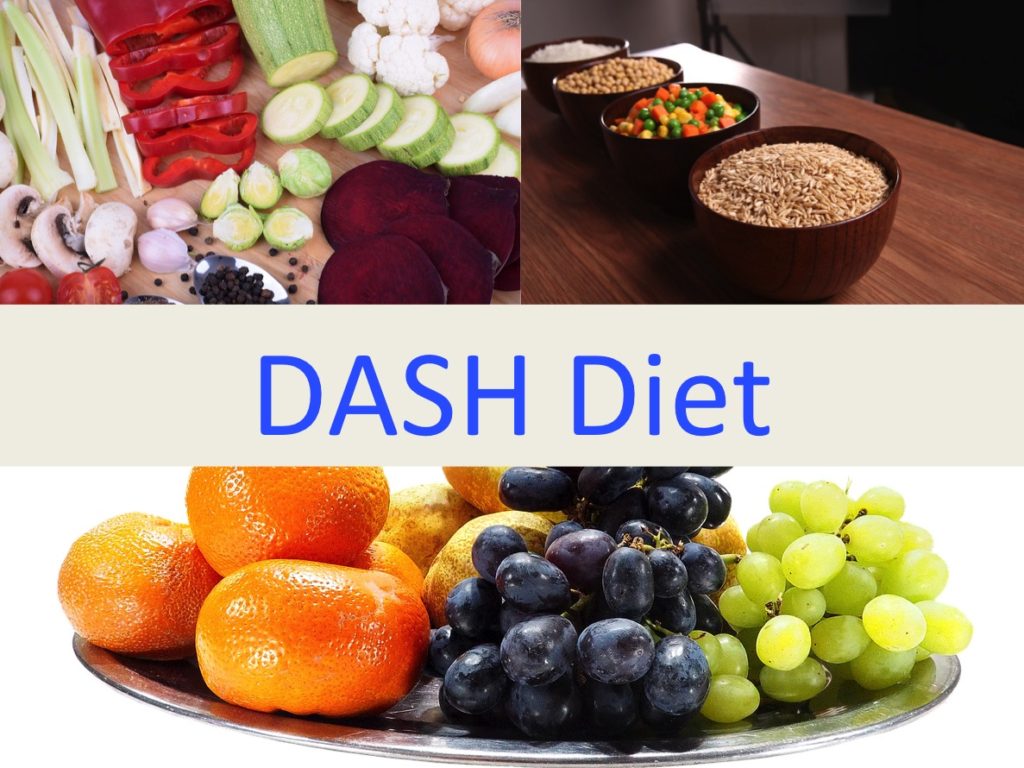It is that time of the year when many of us are making plans to travel. Whether it is a short weekend trip or a long journey to a faraway place, there are some things to take into account before you go on a holiday, especially if you or your loved ones have been diagnosed with a cardiac condition.
Rule no.1: Get your doctor’s green signal
It is very important to discuss with your doctor prior to finalizing your holiday; a thorough check-up is warranted to ensure that you are medically stable and fit for travel. The location that you are planning to visit, the weather conditions there, the activities that you intend to engage in and the accessibility to healthcare are some of the key points that your doctor will expect you to know about, based on which you will be allowed or advised against the proposed trip.
For instance, if you have high blood pressure and coronary heart disease, travel to a high altitude location and engaging in activities like hiking at high altitude needs extra preparation and care. On the other hand, if you would like to do voluntary work in a remote village, identifying a hospital nearby will be key to ensuring a safe trip.
With device therapy for the heart (like pacemakers and ICDs)becoming commonplace, it is important to keep a device-card to show to the airport security check personnel (as metal detectors can beep due to the metal parts in a cardiac device).
Rule no. 2: Stock up on your medicines
The last thing you want to be doing on your holiday is search desperately for a medical shop that has a supply of your prescription drugs! Purchase your medications before leaving as per the number of days of travel (keep some extra stock for those unplanned extensions) and make a note of the expiry date of all meds. Keep a copy of your prescription handy in your hand baggage as you tuck away some pills for use during the commute. Be aware of the ideal storage requirements of your drugs (as you neither want your insulin frozen nor your capsules melted).
If your doctor is adjusting your BP or sugar medicines based on weekly readings, try not to leave on a vacation until the dosing and the BP has stabilized. I recently had to provide emergency medical care for an elderly lady on an international flight. She was being treated for hypertension and had left on a long flight journey within 2 days of a major adjustment to her medication. Her BP shot up to dangerous levels during the flight and she was almost in a hypertensive crisis but we were able to bring things under control.
Rule no. 3: Opt for a good travel Insurance scheme
There is nothing like good travel insurance coverage to take care of your unexpected illnesses while away from home. Many factors such as length of holiday, nature of disease and requirements of your destination country should be considered prior to buying travel insurance. It is a good idea to read the fine print to understand what is covered and what is not.
Rule no. 4: Read about any health warnings or vaccine requirements
While travelling is a pleasant experience and holds a special place in our hearts, it is mandatory to check for any health risks such as viral infections or endemic illnesses that could be a cause for concern for you. Likewise, if any vaccines have to be taken prior to arriving at a particular destination, you have to comply with that requirement to prevent any travel-related infections.
Rule no.5: Make time for health-promoting activities
Once you’re off on your vacation, do not forget to eat healthily, to get your daily dose of exercise and to immerse yourself in the new environment. While eating healthy can be more challenging outside than at home, focusing on natural and less processed foods and keeping some healthy snacks like nuts and fruits for your hunger pangs are tips to follow.
 While you may be walking around monuments and natural spectacles, keep a track of how much activity you are getting and top it up with simple exercises like warm-ups, cool-down stretches and strength training while on the move. A practical suggestion is to keep a health diary (on a phone or any other device or on paper) wherein you record any changes in your health status and any new medicines or therapy you follow while travelling.
While you may be walking around monuments and natural spectacles, keep a track of how much activity you are getting and top it up with simple exercises like warm-ups, cool-down stretches and strength training while on the move. A practical suggestion is to keep a health diary (on a phone or any other device or on paper) wherein you record any changes in your health status and any new medicines or therapy you follow while travelling.
In conclusion, the most important rule is to have a lot of fun with the confidence that you have planned well in advance and taken all the necessary precautions.



